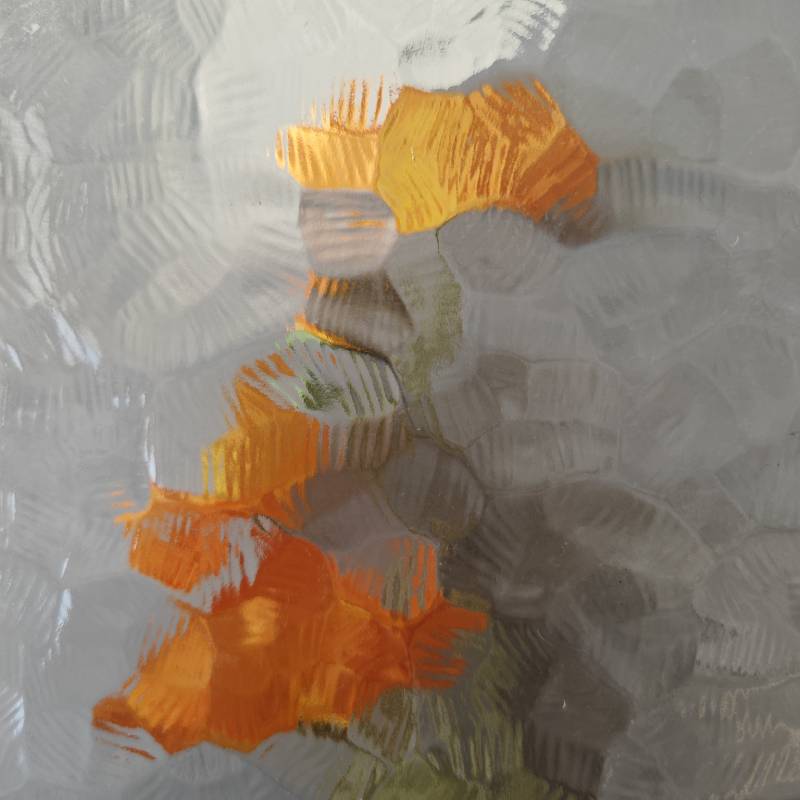

The Versatility of Float Flat Glass
Float flat glass, a significant innovation in the world of materials, has transformed various industries with its remarkable properties and applications. This type of glass is produced through the float glass process, where molten glass is floated on a bed of molten tin. This method yields a flat, smooth surface that is essential for both aesthetic and functional purposes. Understanding the characteristics and uses of float flat glass highlights its importance in modern architecture, automotive design, and everyday life.
One of the primary advantages of float flat glass is its optical clarity. The manufacturing process eliminates distortions, making it ideal for applications requiring high visibility. For instance, large windows in commercial buildings often utilize float flat glass to create an unobstructed view of the outside world while allowing ample natural light to enter interior spaces. This quality not only enhances the aesthetic appeal of buildings but also contributes to energy efficiency by reducing the need for artificial lighting during the day.
Moreover, float flat glass is incredibly versatile. It can be tempered or laminated to increase its strength and safety. Tempered glass is subjected to controlled thermal processes, allowing it to withstand higher temperatures and impacts. This feature makes it particularly valuable in environments where safety is paramount, such as in shower doors, glass railings, and storefronts. Laminated glass, on the other hand, consists of two or more layers of glass sandwiching a plastic interlayer, which helps hold the pieces together even when shattered. This quality is essential for applications like windshields in automobiles, providing both safety and UV protection.

In the automotive industry, float flat glass plays a crucial role. Windshields and windows made from this glass offer superior visibility and protection against the elements. The transparency and clarity of float glass contribute to the overall driving experience, allowing drivers to see the road clearly while safeguarding passengers from external hazards. Additionally, advancements in glass coating and tinting technologies have expanded the functionality of automotive glass, allowing for solar control and reducing glare.
Beyond architecture and automotive applications, float flat glass is also widely used in the manufacturing of home appliances and furniture. Applications range from glass tabletops and decorative panels to refrigerator doors and mirrors. In contemporary interior design, the use of float flat glass helps create a sense of openness and lightness, making spaces feel larger and more inviting. The sleek appearance of flat glass harmonizes well with various design aesthetics, from minimalist to modern.
As sustainability becomes increasingly vital in our society, float flat glass offers an eco-friendly option. The glass itself is recyclable, and many manufacturers are adopting sustainable practices in their production processes. This aligns with the growing demand for environmentally responsible materials in construction and design.
In conclusion, float flat glass is a versatile material that finds applications across multiple sectors, driven by its clarity, safety, and aesthetic qualities. As technology and design continue to evolve, the role of float flat glass will undoubtedly expand, contributing to more innovative and sustainable solutions in our daily lives. Its impact on architecture, automotive design, and home furnishings underscores its significance as a fundamental material in contemporary society.